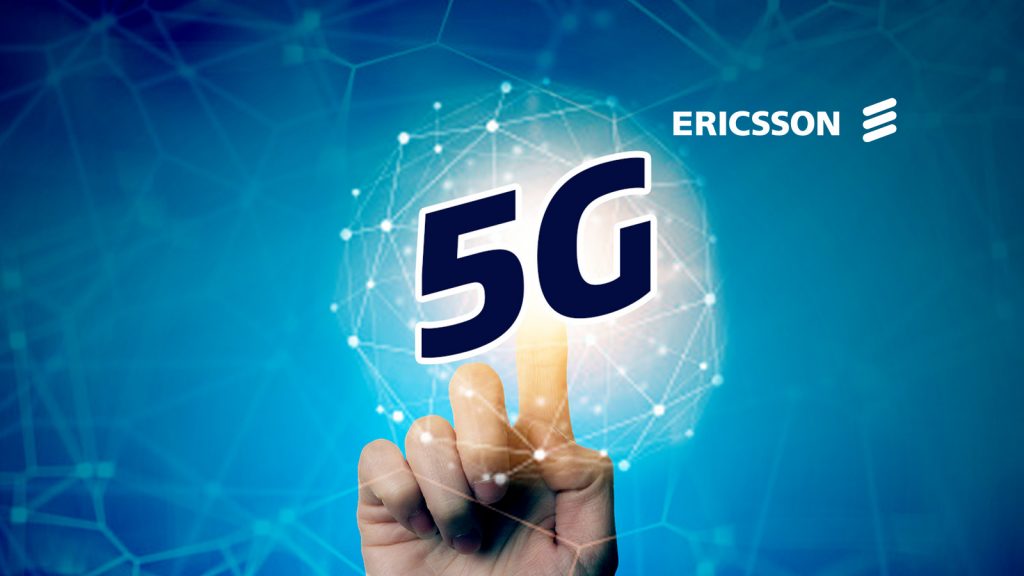Report: 5G changing CSPs’ FWA strategies
June 26, 2024

Of the CSPs sampled for the Ericsson study (310 globally), 241 offered FWA services as of April 2024. Of these, 128 – about 53 per cent – included a 5G FWA offering. This is a twelve-point increase on the corresponding period in 2023 – a growth of 29 per cent.
The speed, data handling and low latency capabilities of 5G FWA also increase the attractiveness of speed-based FWA tariff plans to CSPs – with downlink and uplink data parameters – similar to cable or fiber offerings.
This has helped to drive an almost 50 per cent growth in the number of service providers offering 5G FWA speed-based tariffs in the past year – with 40 per cent of all FWA CSPs now doing so. FWA is currently second only to enhanced Mobile Broadband (eMBB) as a 5G use case.
Fredrik Jejdling, Executive Vice President and Head of Networks, Ericsson, says: ”The June 2024 Ericsson Mobility Report shows continued strong uptake of 5G subscriptions. Enhanced Mobile Broadband and Fixed Wireless Access are the leading use cases, with signs that 5G capabilities are influencing service providers’ Fixed Wireless Access offerings. The report also highlights the need for increased deployment of 5G Standalone technology to fully realize the potential of 5G.”
About 300 CSPs globally now offer 5G services, of which about 50 have launched 5G Standalone (5G SA).
On subscriptions, 5G continues to grow in all regions. About 160 million 5G subscriptions were added globally in the first three months of 2024 – bringing the total to more than 1.7 billion. Almost 600 million new subscriptions are expected in 2024 as a whole.
Researchers estimate that 5G subscriptions will be close to 5.6 billion by the end of 2029 – with global 5G population coverage beyond mainland China set to double from 40 per cent at the end of 2023 to 80 per cent by the end of 2029.
5G is expected to account for about 60 per cent of all mobile subscriptions by the end of 2029.
Regionally, North America is forecast to have the highest penetration by the end of 2029, with 90 per cent (or 430 million) of subscriptions expected to be 5G.
In India, 5G subscriptions are expected to grow from 119 million at the end of 2023 (about ten per cent of all mobile subscriptions in the country) to about 840 million (65 per cent of all subscriptions) by the end of 2029.
On user experience, statistics from a leading service provider reveal 97 per cent of all user activities on 5G mid-band achieved a time-to-content of less than 1.5 seconds, compared to 67 per cent on 5G low-band and 38 per cent on 4G (all bands).
5G mid-band population coverage outside of mainland China has reached 35 per cent. North America and India have made rapid deployments, topping 85 and 90 per cent mid-band coverage respectively.
Year-on-year mobile network data traffic has been adjusted downwards by Ericsson Mobility Report researchers compared to the November 2023 report. This is due to changes in the underlying data, such as lower numbers reported by regulators and service providers in populous markets for the second half of 2023.
Mobile network data traffic grew 25 per cent year-on-year between the end of March 2023 and the end of March 2024, driven primarily by subscriber migration to later generations and data-intense services, such as video.
Mobile data traffic is forecast to grow with a compound annual growth rate of about 20 per cent through the end of 2029. About a quarter of all mobile network data was handled by 5G by the end of 2023. This is forecast to grow to about 75 per cent by the end of 2029.
